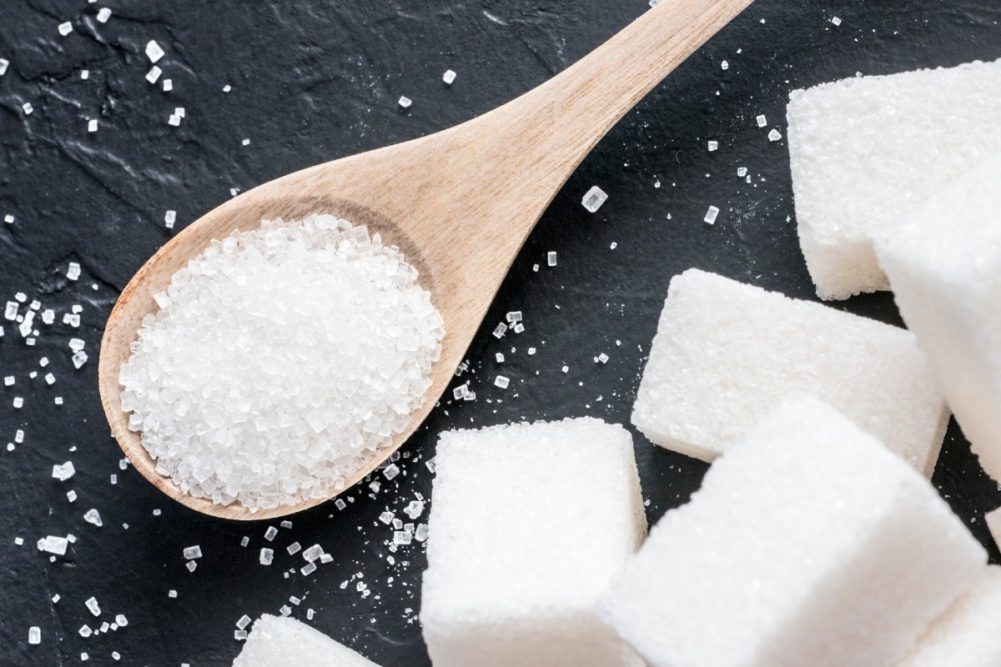LA QUINTA, CALIF. — Sugar users and producers “squared off” on the final day of the International Sweetener Colloquium March 1, sharing ideas about the US sugar program and its impact on sugar supplies and prices.
“The United States pays the highest sugar prices in the world,” said Bill O’Conner, agriculture policy expert, Watkinson Miller PLLC, noting that US prices were about 30% to 116% above world refined sugar prices in recent years, and adding that high-tier imports have “become common place” and imports of sugar containing products increased by 72% from 2016-17 to 2021-22.
High imports of sugar containing products “means jobs are going to other countries that could be in the United States,” O’Conner said.
Four force majeures by domestic beet sugar producers since 2019 have destabilized the sugar market, O’Conner added, citing a need to reform the US sugar program that allocates how much sugar US growers bring to market and how much sugar can be imported (except from Mexico for which limits are set separately). The sugar program is part of the five-year US farm bill and is administered by the US Department of Agriculture.
“The USDA does the best they can, but they struggle with it,” O’Conner said at the colloquium, co-hosted by the Sweetener Users Association and the International Dairy Foods Association. “Sugar users would rather do business in the United States versus imports.”
The US has the highest quality sugar, he said, and users would rather have American sugar.
“Everyone is trying to bring as much sugar to the market as they can,” said Robert Johansson, PhD, director of economic and policy analysis, American Sugar Alliance, which represents US sugar producers.
Johansson noted that sugar prices have risen, but so have costs to produce, process and ship sugar.
“Costs of shipping have raised costs of all inputs and outputs,” he said.
Inflation has boosted input costs for food manufacturers, while farm input costs are also up and are outpacing revenue for the crop, allowing other crops with better returns to compete for sugar beet acres and discouraging expansion in the sugar industry.
“Over the past 10 years, candy companies posted high profits and nearly double the return on investment versus the average publicly traded company,” Johansson said.
Sugar prices were not the cause of outsourcing jobs to other countries, he said, noting labor accounted for 20% of US confectionery production costs while sugar accounted for only 6%.
Barb Fecso, branch chief, commodity analysis, Farm Production and Conservation Business Center, USDA, who administers the US sugar program, said the department would continue to maintain a US sugar ending stocks-to-use ratio between 13.5% and 15.5%, a target area established in the late 1990s.
She noted that “in the old days,” sugar buyers would meet with sellers in Chicago in August and sell sugar from the crop that was about to be harvested, but now most beet sugar is sold before the crop is planted, which increases the risk of adequate supply due to adverse weather or other factors that create a “fickle” market. She recommended sugar buyers diversify their supply sources to protect themselves in case of a force majeure from a single seller.
Fecso noted that refined sugar prices have stayed high despite the current 14.8% ending stocks-to-use ratio, which typically indicates an adequate supply. She said raw sugar stocks are sufficient to fill demand, but that refined sugar demand was “bumping against capacity” and beet sugar was sold out (for the current 2022-23 marketing year). She said the USDA would not recommend an increase in the tariff-rate quota to import more refined sugar because the quota would be filled with organic sugar that would not be sold as organic but would compete with conventional domestic sugar when there will was cane sugar refining capacity available.
“I won’t recommend a refined sugar TRQ increase,” Fecso said. She noted that Mexico, the largest source of sugar imported by the US, “is a pretty good bet” for additional sugar supplies as Mexico is more likely to have food-grade quality sugar.

